Living Walls: How They Can Improve Your Home and Your Health
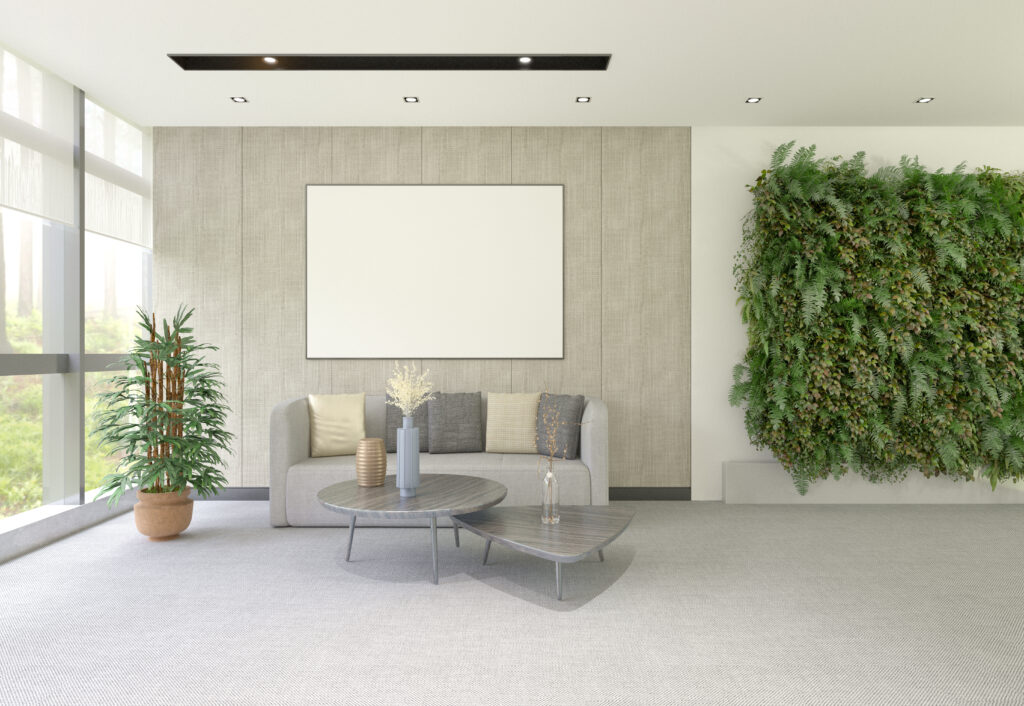

Boris SV/ Getty Images
A living wall, or a green wall, is a garden that grows vertically, as opposed to horizontally, which can exist inside or outside the home. Any well lit place inside your home, would make a suitable environment. Indoor herb gardens are growing in popularity and thrive well in sunny kitchens. Conversely any outside wall would do as well. Green, or living walls, are beneficial to us in so very many ways. Below I discuss, in simple terms, how these vertical gardens can protect your home and environment, save you energy, and benefit your health.
How living walls can improve indoor air quality
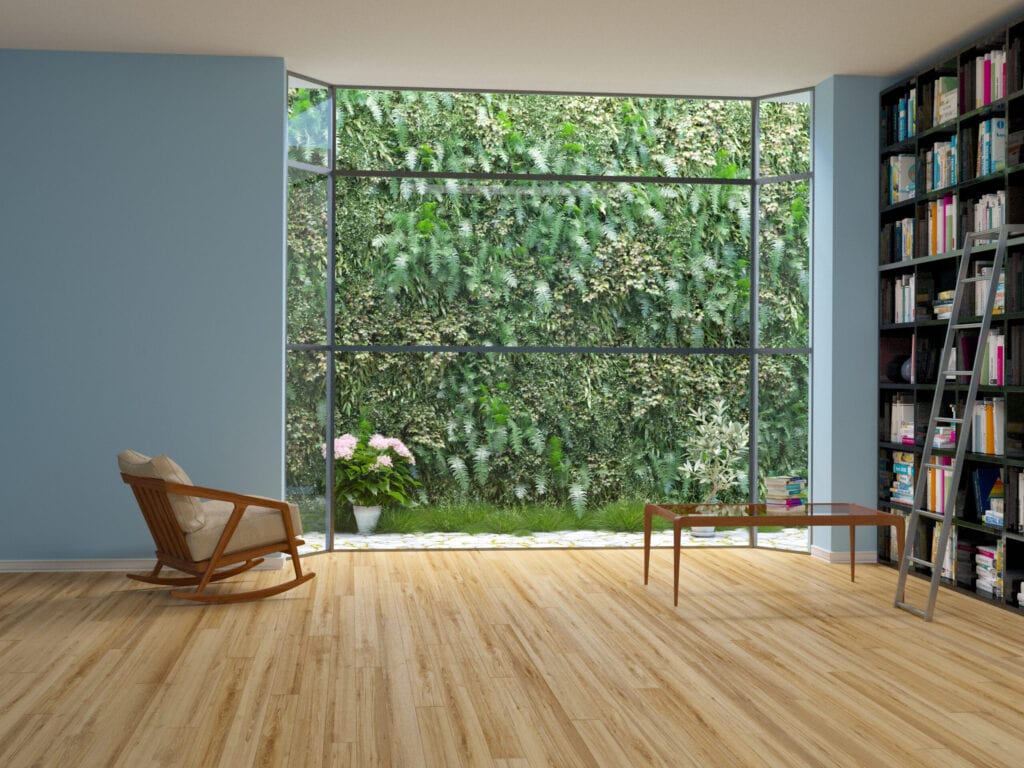
Boris SV/ Getty Images
Pollutants exist all around us, both outdoors and indoors. Toxic fumes infiltrate the air we breathe through our air systems and ductwork and can cause what we commonly call “Sick Building Syndrome.” Green, or living walls, can significantly clear up the toxins. While all plants absorb pollutants, there are certain plants that do so with much more efficiency. While even one plant can remove toxins from your home or building, the more plants that are added, the more toxins are absorbed.
A green wall can contain as many as thousands of plants. These living walls can help to remove formaldehyde, VOCs, Carbon Monoxide and many other harmful pollutants. NASA (The National Aeronautic and Space Administration) has identified the 15 best plants for living walls. For the list, visit Ecologic Design Lab.
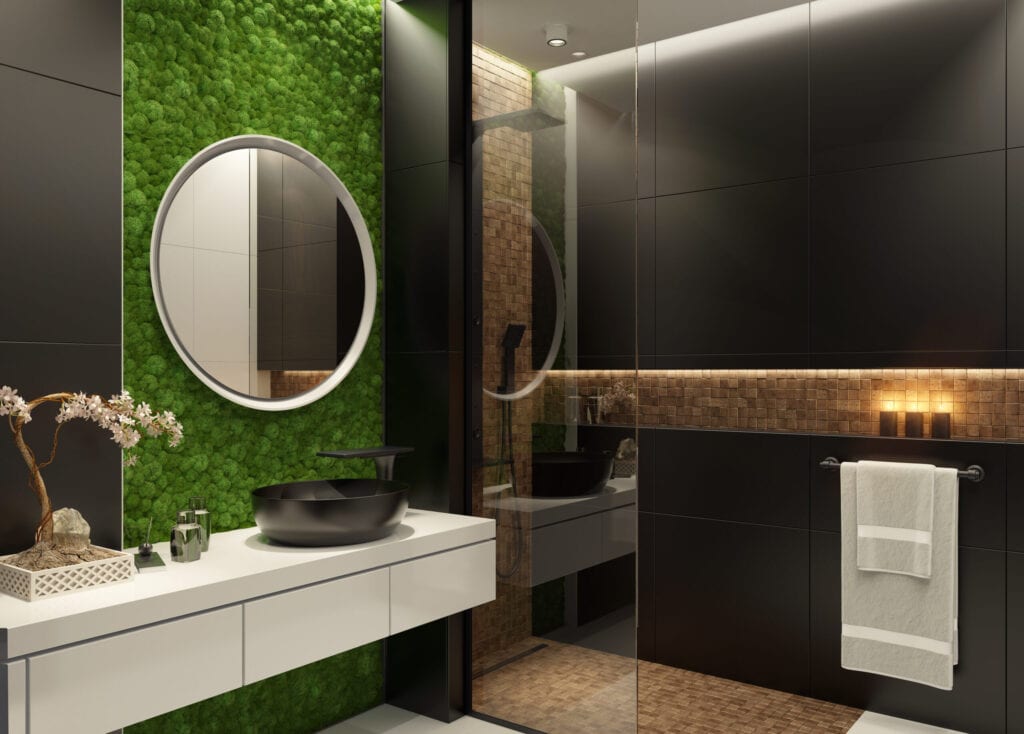
tulcarion/ Getty Images
How green walls can protect your home or building
Outdoor living walls offer your building protection by acting as a climate control. The plantings prevent dramatic temperature fluctuations which then prevents the building from corrosion that results from expanding and contracting which occurs during extreme temperatures. These plants act as a natural insulation, keeping air inside the buildings cooler in the summer months and warmer during the winter months. The manner in which these vertical gardens are constructed allows the building to breathe, shields the walls from precipitation, wind, harmful UV rays and corrosive rain. Living walls and green roofs help to provide a natural environment for birds, butterflies and bees.
How vertical gardens save energy
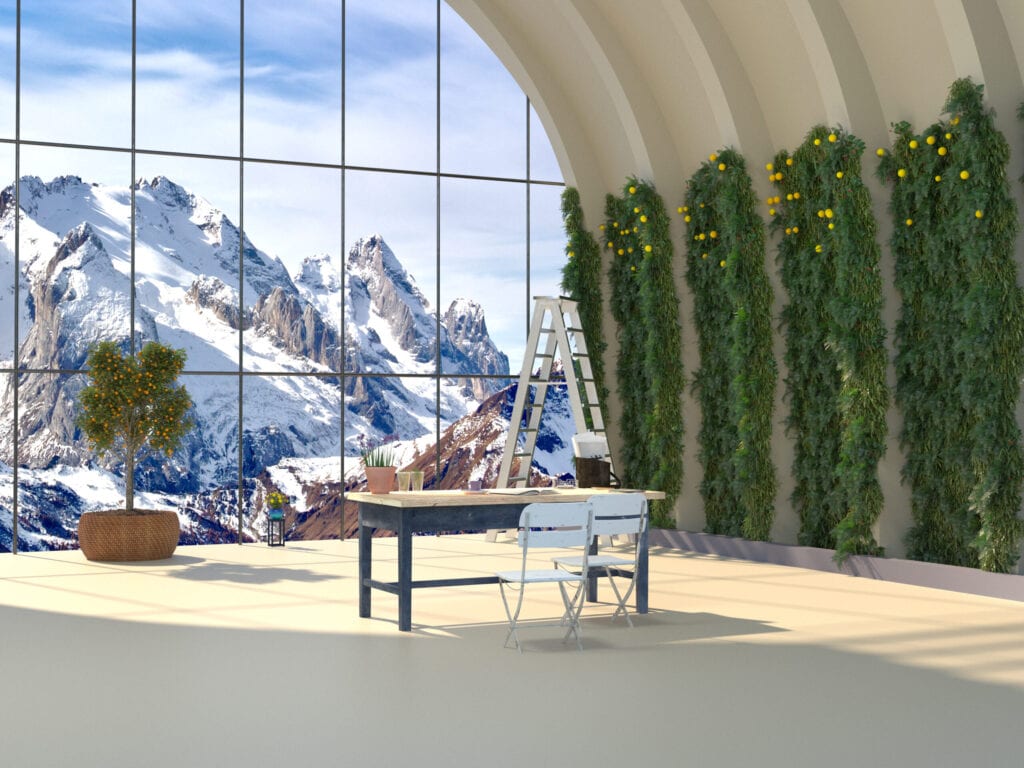
Boris SV/ Getty Images
Simply put, the plants on the building’s exterior keep the building protected by the heat of the sun, therefore keeping the building itself cooler meaning less energy is utilized when cooling the building. Interior green walls also greatly help to reduce energy by helping to keep the interior cool. With each additional plant, energy consumption is reduced, therefore a room with hundreds of plants can see a temperature reduction of as much as 7 degrees celsius or 44 degrees fahrenheit. This is indeed significant! Conversely, during the cold winter months these green walls have the opposite effect and act as insulation from the bitter temperatures. The additional layer prevents heat from escaping thus dramatically lowering your gas or heating oil consumption.
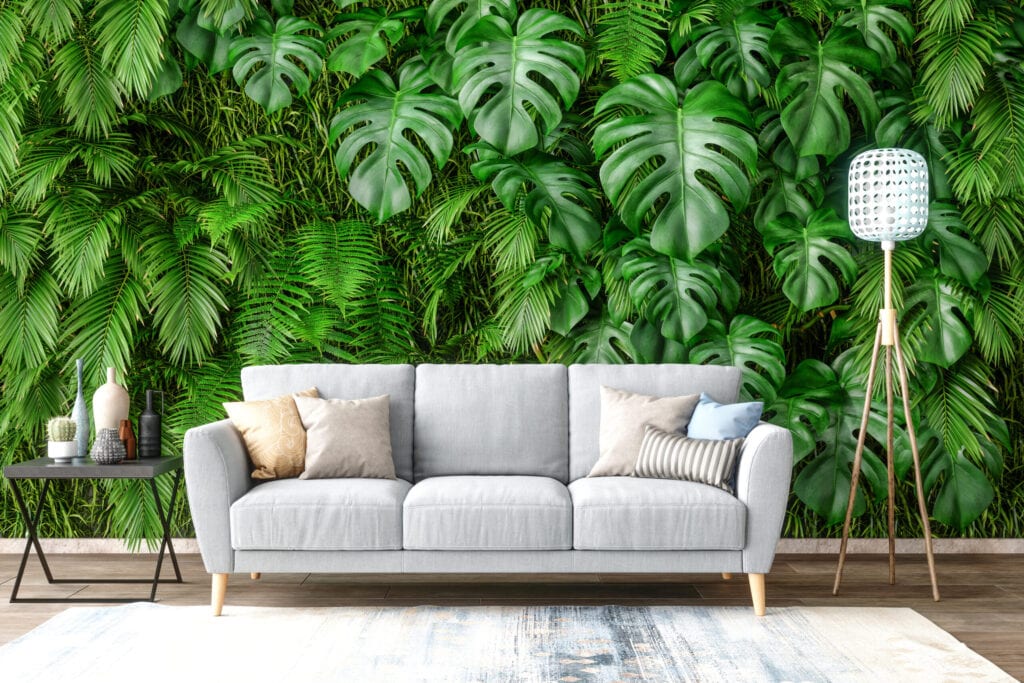
onurdongel/ Getty Images
The health benefits of living walls
Plants offer instant stress relief by softening the environment around us. They reduce noise and eliminate pollution. Gardens have an instant calming effect. In workplaces plants have been shown to increase productivity, in the home they increase tranquility. They ease stress and fatigue, and offer energy rich oxygen. Gardens are strategically placed in hospitals to for their calming benefits which can lead to a patient’s shortened stay. Try doubling the health benefits by building an edible living wall in your kitchen. Not only will these greens relax you and purify the air you breathe, but edible plants such as herbs and lettuces have their own health benefits.
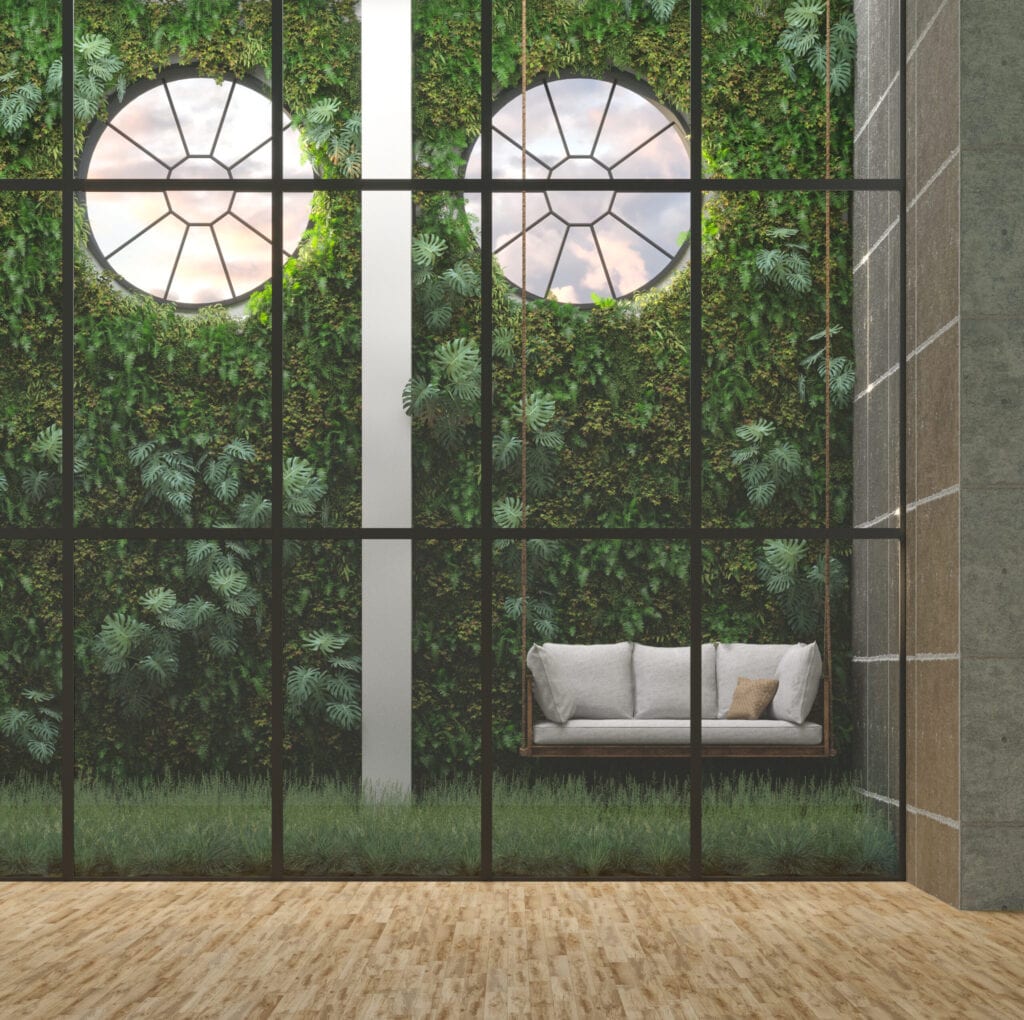
onurdongel/ Getty Images
How to build your own living wall
First decide whether you would like your wall to be indoors or outdoors. It may be wise, when starting out, to start with an indoor wall which is both easier to build and to maintain. You may want to meet with a garden or vertical wall specialist to get advice based on your needs and lifestyle. A garden specialist will help you decide which plants would be best for you. Specific plants such as bamboo palm, azalea, chrysanthemums, spider plants and aloe vera, ivy and peace lilies are among many of those that are especially good at removing toxins. You’ll need to consider which wall to use and whether that wall receives much direct sunlight or not. You’ll also need to think about humidity levels and water availability.
There are several ways in which vertical gardens can be constructed. Before you do so you may want to consult with someone who is well versed in these types of gardens, or go to a designated site such as Clean Air Gardening. Generally speaking, these walls are vertical and comprised of shelves or plant containers that attach themselves directly onto the walls. Some containers may hang from ceilings and more complicated configurations may contain both vertical and horizontal structures. Most important is to ensure that each plant gets the proper amount of light needed and can easily be watered. Plants require air, and therefore the plants should be set up in such a way that air can freely flow around the plants themselves.



